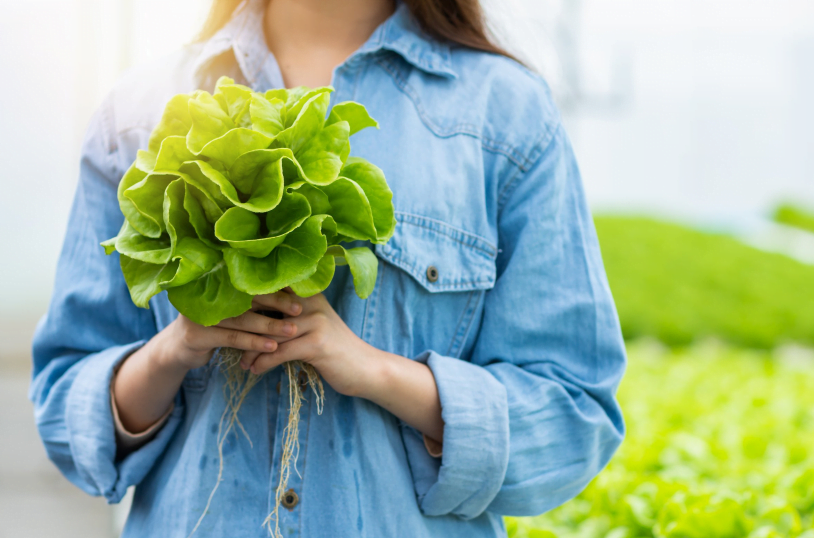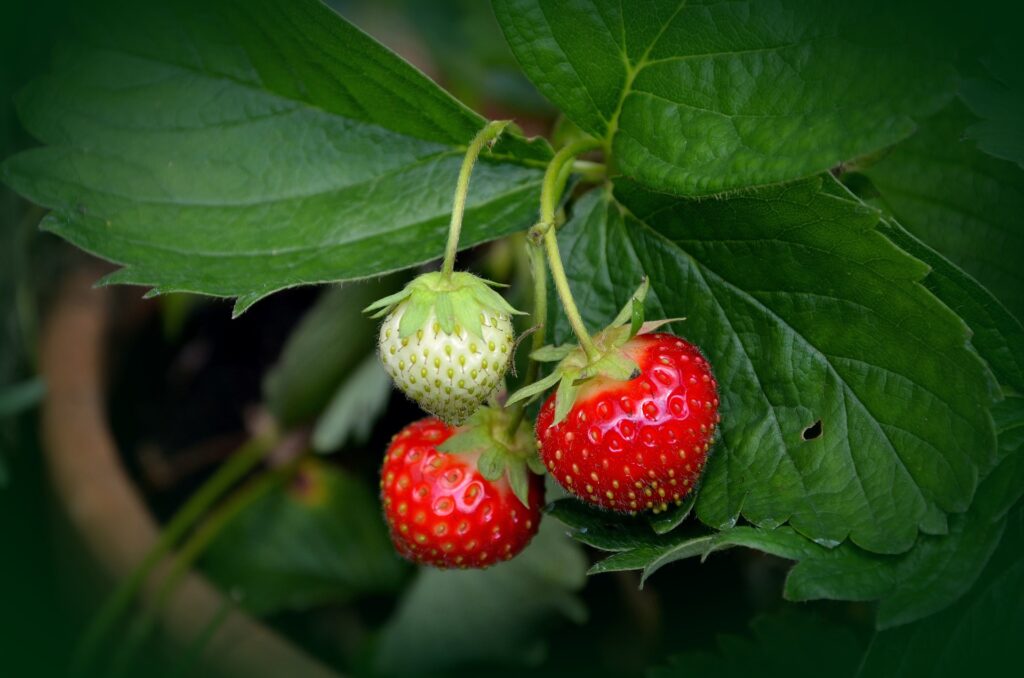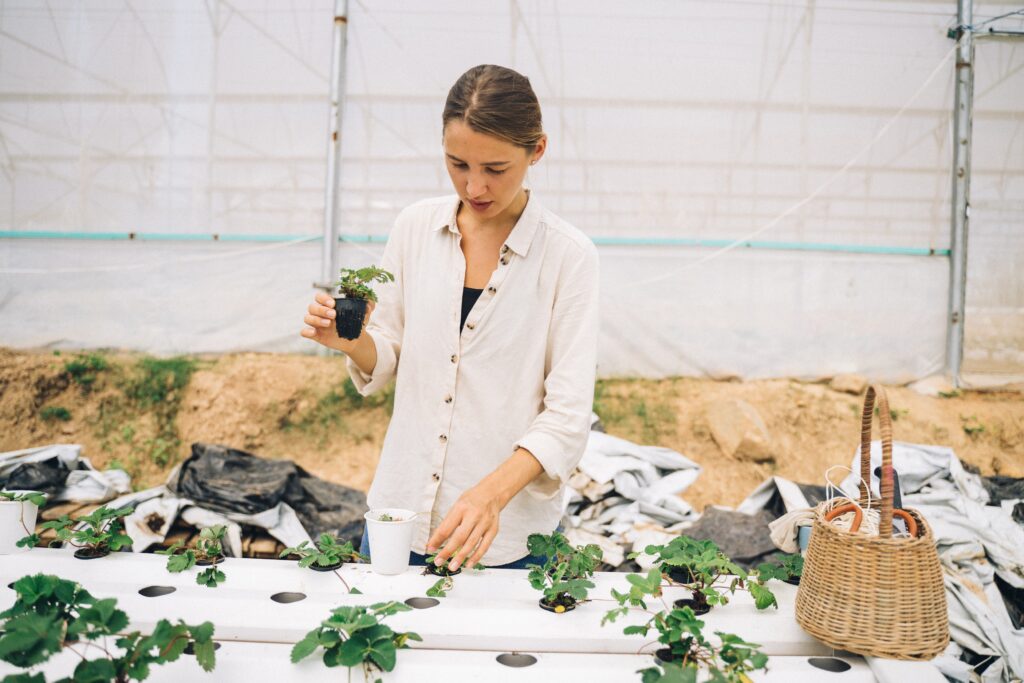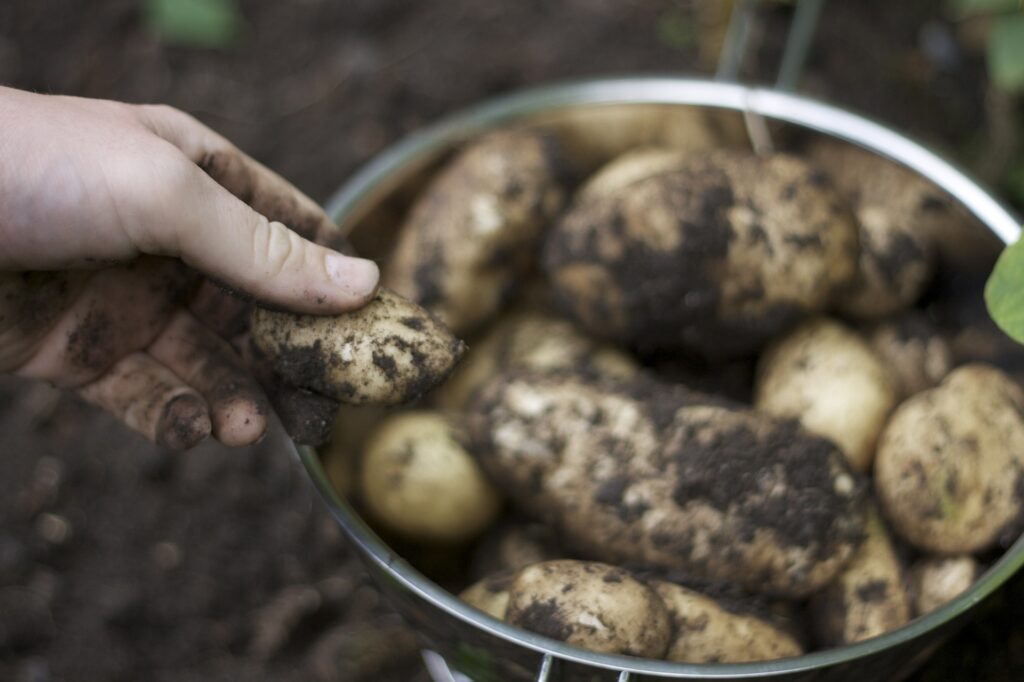Interested in getting into alternative growing but not sure where to start? This article aims to help you learn a bit about two of the most popular methods: Hydroponics vs Aquaponics.
Hydroponics uses nutrient mixes and aquaponics uses fish to provide the nutrients. There are pros and cons to both systems obviously, but for a beginner looking to get their feet wet, hydroponics is much easier.
However, if you want the short version.. aquaponics requires a lot more equipment, time, and space but is self-supporting (ie. it produces its OWN nutrients). Hydroponics has less in the way of upfront costs, works better for small spaces (apartments, little backyards, etc.) but you buy the nutrients.
Hydroponics vs Aquaponics
Aquaponics is appealing to many people because it allows you to grow both vegetables AND fish. This generally makes it the top choice for people who are looking to use aquaponics in a homesteading situation, because growing Tilapia in your system can provide an excellent food yield.
In an aquaponics system, you can generally grow tilapia from fingerling size to harvest size (1 -1.5 pounds) in around 24 weeks. Allowing you to quickly establish a self-sustaining food supply for your family.
However, depending on climate and the size of your setup you can also use many other types of fish in aquaponics systems like crayfish, prawns, catfish, trout, bass, and even salmon. Though these species will take longer to reach table size and/or require larger tanks than tilapia, making them less popular.
The other benefit of this system is that it provides its own nutrients thanks to the fish. Your plants oxygenate the water and pull out waste from the fish to feed themselves, while at the same time cleaning the water for the fish.
PROS
- Grow Fish & Veggies
- Self-Sustaining Nutrients
CONS
- Requires A Lot of Space
- Have To Monitor Fish Health
- Must Be Conscious of Stocking
However, while aquaponics does have many benefits.. it’s also MUCH more complicated and the setup cost will be far higher than for hydroponics. You’ll need a large tank, pump system, and more time to monitor the health of the fish and the stocking levels of your tank.
Aquaponics systems are typically pretty tightly stocked with fish, much more so than they would be in a standard aquarium setup to maximize yield. This means you must constantly monitor the quality of the water and the health of the fish to make sure that they do not die.
Since your aquaponics system will likely also be outside, you’ll also need to keep a close eye on the temperature of the system, as many fish species will not survive large temperature swings. Make sure to your climate into account when choosing fish, as well as how deep the tank is to keep it from freezing.
Hydroponics – A Better Choice For Beginners
In comparison, hydroponics, while requiring you to constantly introduce nutrients into the system, has a LOT less stuff to monitor and worry about when compared to an aquaponics system.
In addition, hydroponics does not require nearly as much space to grow food. So, if you live in an urban area with a small backyard, or even in an apartment – hydroponics will still be an option for you.
PROS
- Less Upfront Cost
- Easier To Manage
- Best For Small Spaces
CONS
- Must Provide Nutrients
- Not Self Sustaining
- No Fish To Eat
When comparing hydroponics to soil even, you’ll enjoy higher yield, and still require less space than you would by growing plants in pots on a balcony or backyard, where space is very limited.
The above video offers a great, beginner friendly introduction to hydroponics in the simplest way. I’m using the above method to grow an indoor salad garden for the winter. The materials are very limited, and it’s possible that you already have most of them in your house. Here’s a list:
This is one of the simplest hydroponics setups around, and it’s a good way for beginners to get their feet wet and learn the key concepts without spending a ton of money. Lettuce is also a good first crop, because it’s very forgiving compared to other stuff and fast growing.
Unlike other hydroponics methods, you do not need a pump. This is because the plants are suspended, providing the oxygen. If you can place your containers outside, you won’t need lights either, but if it’s winter time, you can use a grow light to grow these plants in-doors as well.
It’s a great experiment to see if you’d like to dive in deeper with a bigger hydroponics system later and you can grow a good amount of vegetables using the kratky method. Some popular choices are: lettuce, spinach, herbs, cherry tomatoes, peppers, and cucumbers.

Bob learned about farming from his grand dad. So, the decision to leave the city and start homesteading was not a difficult transition. He now lives with his wife and two kids on their 30 acre property in Ohio.



